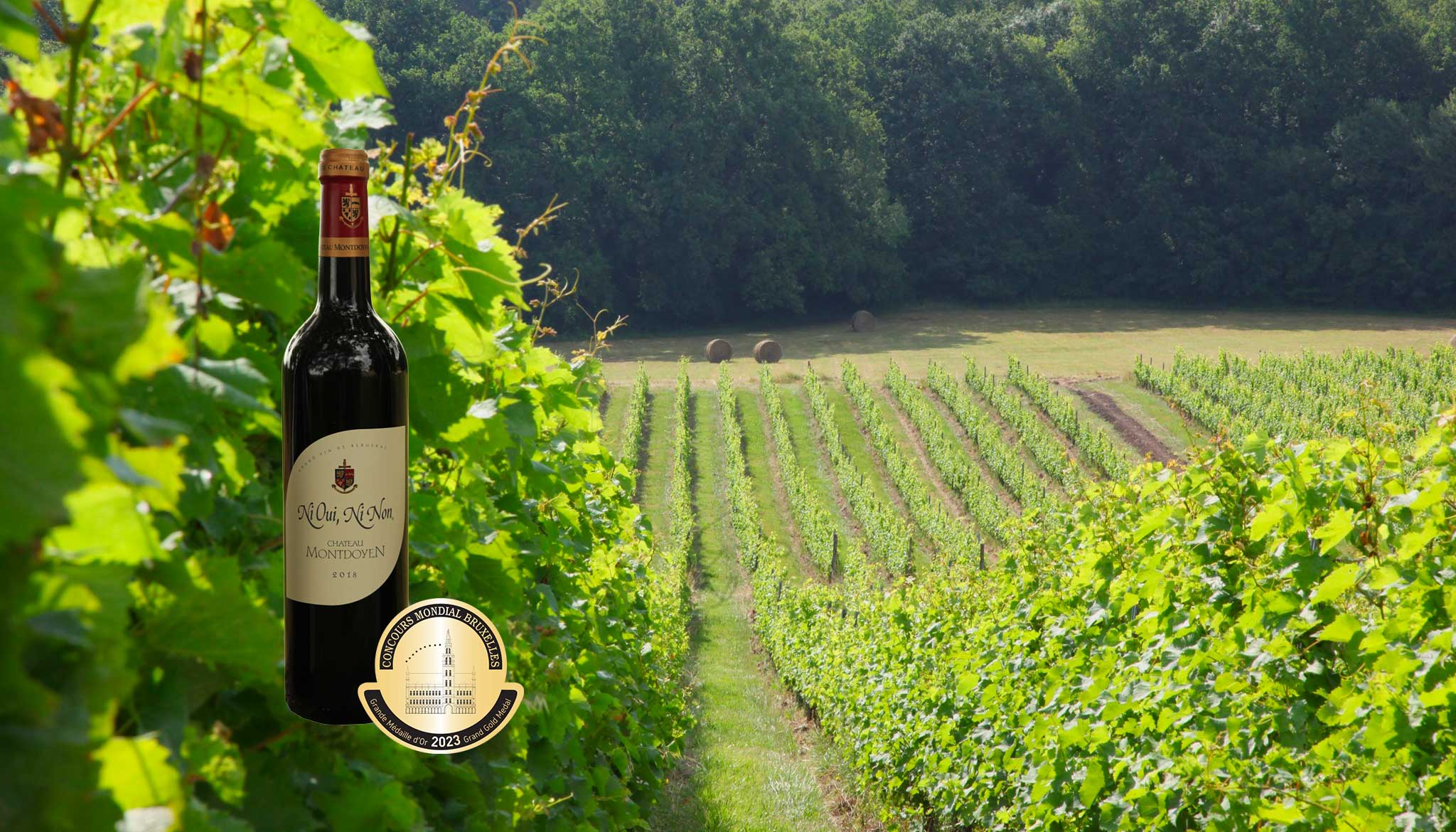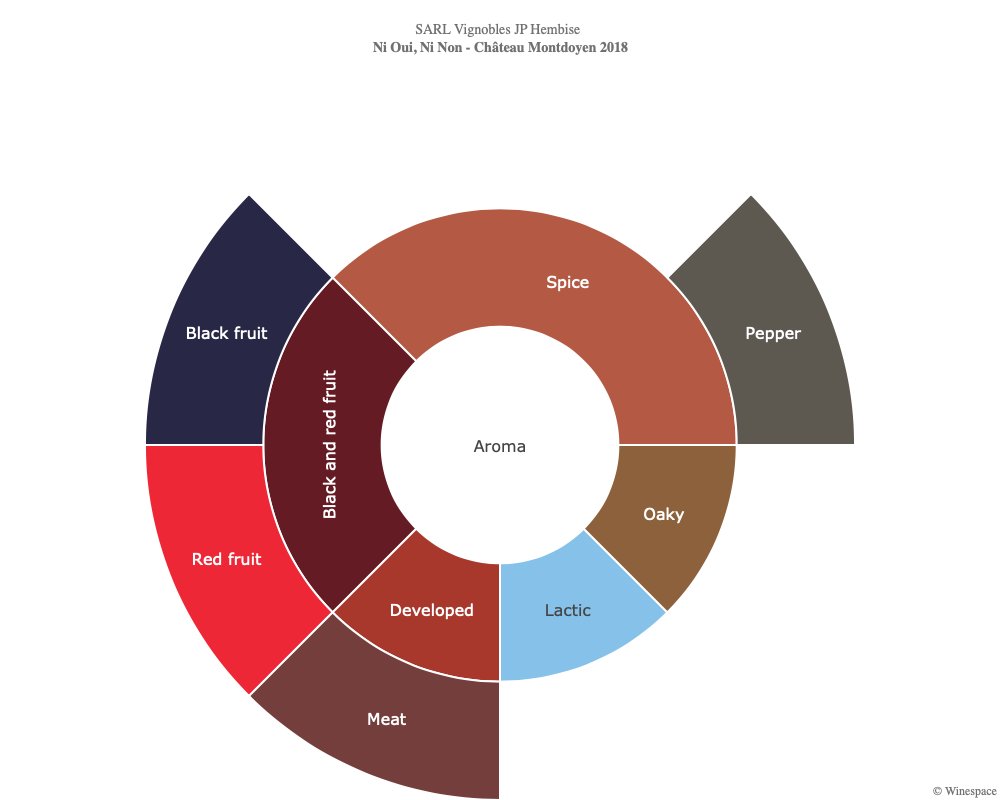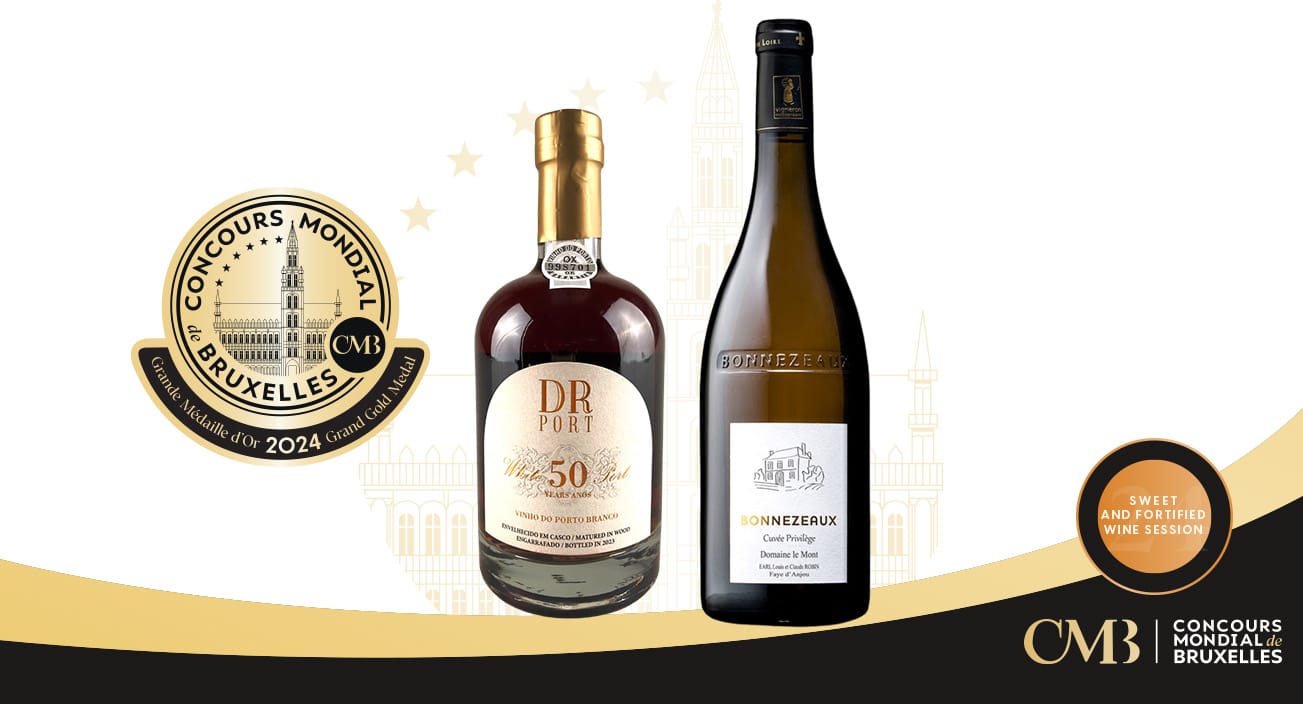Celebrating Cabernet Franc Day with CMB’s finest

December 4 marks International Cabernet Franc Day, a celebration of a grape variety that, though not as widely celebrated as Cabernet Sauvignon, plays an equally if not more crucial role in viticulture.
DNA analysis has revealed that Cabernet Sauvignon originated from an accidental crossing of Cabernet Franc and Sauvignon Blanc, underscoring Cabernet Franc’s status as the predecessor of Cabernet Sauvignon. In fact, experts believe that Cabernet Franc serves as the parent to several other grape varieties, among them most notably Merlot and Carmenere.

With its roots in the Libournais region of Bordeaux, Cabernet Franc’s story took an interesting turn in the 17thcentury when Cardinal Richelieu, enamored with the blue-black grape, transplanted vines to the Loire Valley. Today, Cabernet Franc stands as one of the most widely planted grape varieties globally. In honor of Cardinal Richelieu’s legacy, Cabernet Franc Day is celebrated on the anniversary of his death – December 4.
Acknowledged as the “third Bordeaux grape,” Cabernet Franc has a rich history of enhancing harmonious blends with Cabernet Sauvignon and Merlot. However, in the Loire Valley, it frequently takes center stage as a single varietal, used to craft wines that are light to medium-bodied and characterized by notes of red fruit and green bell pepper. Beyond France, Cabernet Franc is widespread in Italy (Tuscany, Friuli, Veneto), the United States, Argentina, and Australia.
To celebrate Cabernet Franc Day, indulge in a glass of its finest pours, such as Château Montdoyen’s 2018 Ni Oui Ni Non, awarded a prestigious Grand Gold medal at the 2023 CMB. This meticulously crafted blend of 80% Cabernet Franc and 20% Cabernet Sauvignon undergoes an intricate winemaking process, including extended maceration and 14 months of oak barrel aging. The wine presents a bright ruby color accompanied by notes of toast, cocoa, violet, ripe fruit, sweet spices and licorice. On the palate, it exhibits freshness, sweetness, and well-integrated oak along with notes of menthol and blueberry. The 2018 Ni Oui Ni Non has promising aging potential of 15–20 years. For optimal enjoyment in its early years, decanting a few hours before tasting is highly recommended to fully appreciate its qualities.

The wine makes an excellent partner for various dishes, such as eggplant gratin, hare stew, pheasant, moussaka, spit-roasted chicken, and grilled peppers.
Valentina Phillips


